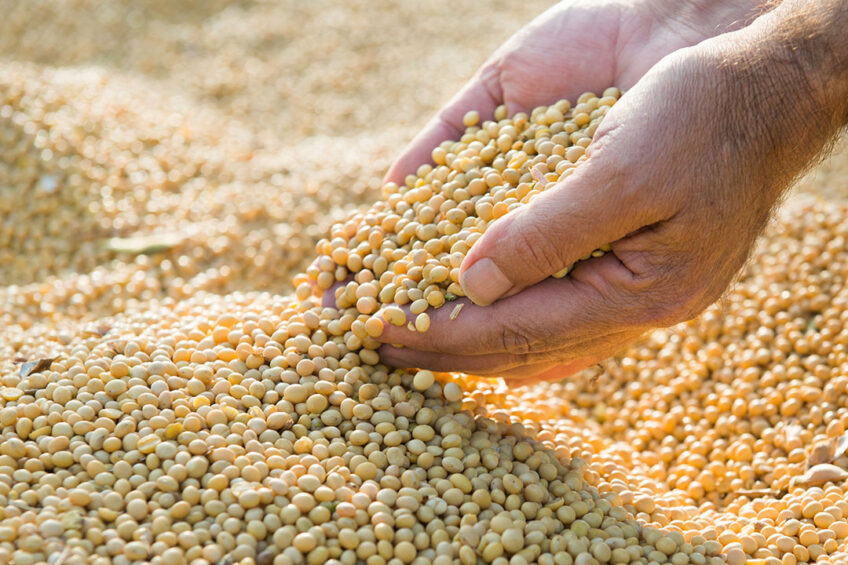Soy: Slight price pressure after last week’s increase

The situation in Ukraine and roadblocks to Brazilian ports are supporting higher soybean prices. The uncertainty about future interest rate hikes in the United States from the Federal Reserve also gave soy prices a boost last week.
China’s soy imports fall
Demand for soybeans is generally good, leading prices to rise last week. China’s demand for soy may be curtailed as the country pursues a zero-covid policy and has put in place new lockdowns. This may explain why in October’s soy imports were ‘only’ just over 4 million tons. According to market agency Reuters, this is a decrease of almost 20% compared to the previous month. Monthly imports have not been this low since 2014. Also, purchases are limited by a high price level and poor crush margins.
Sowing is not going smoothly
Looking ahead to next season, sowing in Argentina is not going very smoothly due to dry weather. Precipitation is expected this week, which may alleviate some growers’ concerns. In addition, the US Department of Agriculture (USDA) is expected to slightly increase closing stocks of soybeans in the latest Wasde publication. This means that prices will fall slightly at the beginning of this week.
No clear direction of rapeseed price
The rapeseed price also fluctuates on international markets. Last week rapeseed found support in rising palm oil prices. The rapeseed quotation on the stock exchange in Hamburg rose to €670 per tonne (+€21) last Wednesday. That is the highest level since mid-July. Futures market prices are under pressure this week. The first contract expiring (February) fell by €16 on Monday 7 November to €648.75 per tonne. As a result, physical prices are expected to fall this week.











